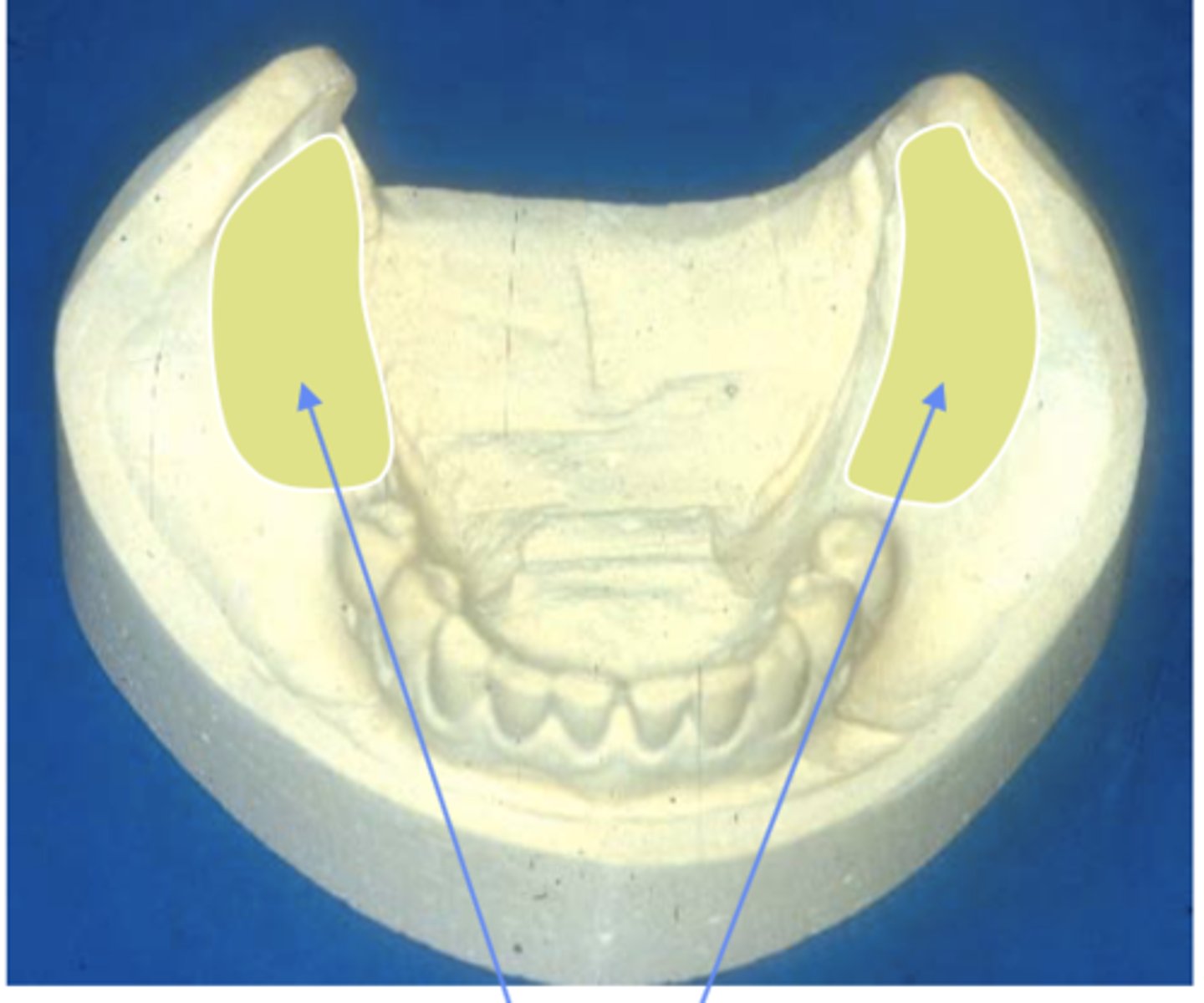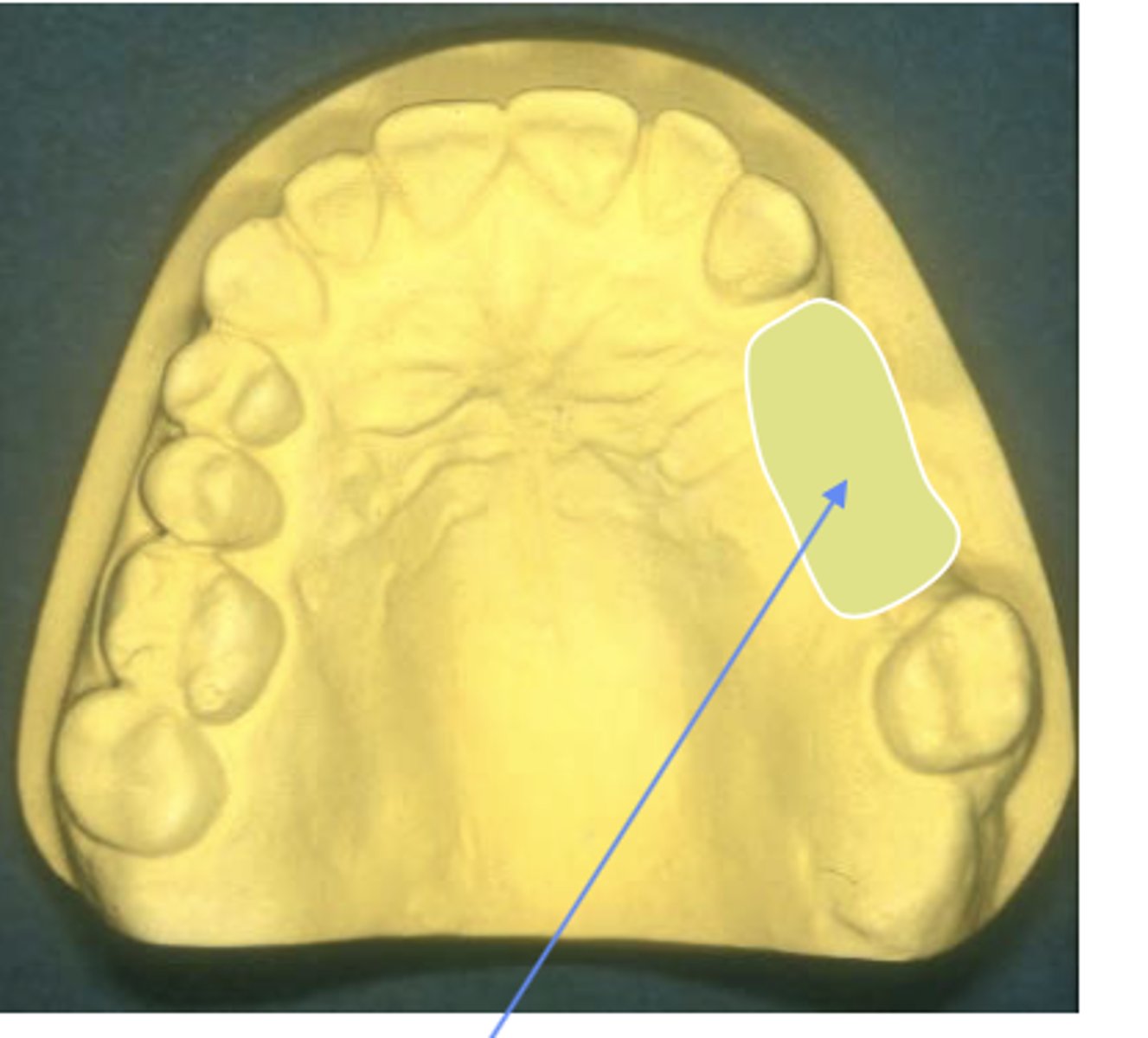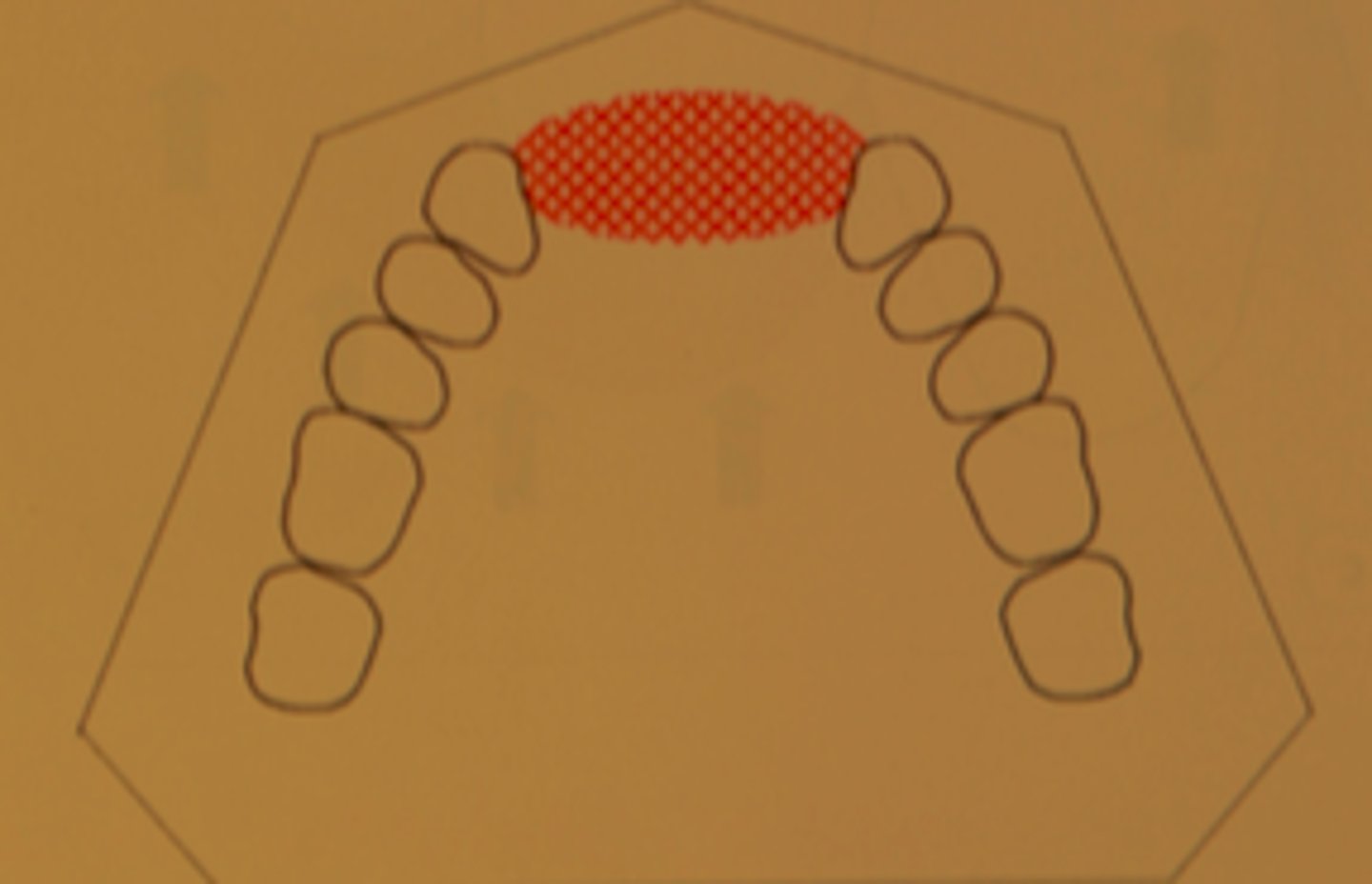Prosthodontics 1- RPD Classification Systems
1/14
There's no tags or description
Looks like no tags are added yet.
Name | Mastery | Learn | Test | Matching | Spaced |
|---|
No study sessions yet.
15 Terms
biomechanical
which type of classification system:
- based on the nature of the supporting tissues
Kennedy
which type of classification system:
- based on location and number of edentulous areas
- Based on frequency of edentulous patterns in the population at the time
tooth borne
Biomechanical classification:
- support comes from teeth
tooth soft tissue borne
Biomechanical classification:
- support comes from both teeth and soft tissue
soft tissue borne
Biomechanical classification:
- support comes from soft tissue only
1
Kennedy classification:
- bilateral edentulous area posterior to natural teeth

2
Kennedy classification:
- unilateral edentulous area located posterior to the natural teeth

3
Kennedy classification:
- A unilateral edentulous area with natural teeth both anterior and posterior to the area

4
Kennedy classification:
- A single but bilateral (crossing the midline) edentulous area located anterior to the remaining natural teeth.

follow
kennedy classification applegates rules:
- Classification should .... any extractions of teeth that might alter the original classification.
not considered
kennedy classification applegates rules:
- If a 3rd molar is missing and is not to be replaced, it is ..... in the classification
not considered
kennedy classification applegates rules:
- If a 2nd molar is missing and is not to be replaced, it is .... in the classification
posterior
kennedy classification applegates rules:
- the most .... edentulous area (or areas) always determines the classification.
area
kennedy classification applegates rules:
- Each additional edentulous .... is a modification space, not each additional missing tooth
4
kennedy classification applegates rules:
- No modification areas can be included in Class .... arches